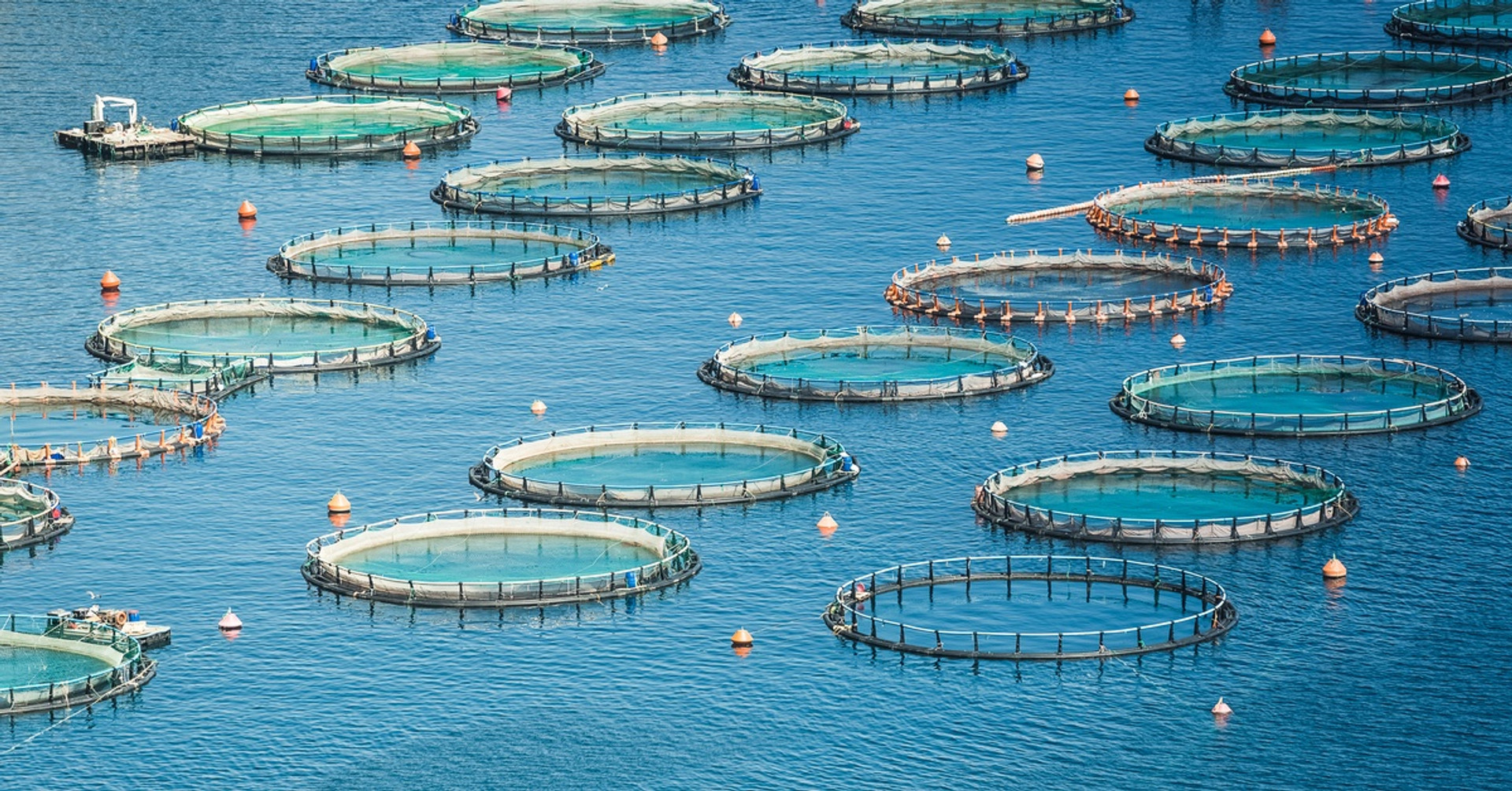4 Specialty Gases Used in Aquaculture Farming
Modern aquaculture demands far more than tanks, filters, and feed. At the heart of every successful system lies a precise balance of chemical and biological processes, many of which rely on gas control.
From oxygenation to sterilization, specialty gases influence growth rates and water stability. Without intentional gas application, even the most sophisticated recirculating systems risk underperformance or collapse.
Oxygen: The Primary Driver of Fish Respiration
One specialty gas used in aquaculture farming is oxygen, which directly supports respiratory efficiency in aquatic organisms. Fish depend on dissolved oxygen for metabolism, immune strength, and feed conversion. Stocking density increases oxygen demands beyond what surface diffusion can meet.
Engineers rely on oxygen injection systems that regulate concentration across all zones of the tank. Cone injectors, venturi systems, and fine-bubble diffusers supply oxygen precisely and continuously. As a result, operators maintain stability through feeding cycles, water turnover, and peak biomass periods.
Carbon Dioxide: Metabolic Waste and pH Influence
Another key specialty gas used in aquaculture farming is carbon dioxide (CO₂), which builds up from respiration and organic breakdown in closed systems. CO₂ accumulation affects pH by forming carbonic acid in water, which disrupts gill function and ion balance in fish. Even minor spikes in concentration create stress that weakens immunity and slows growth.
Fish farmers can implement degassing columns or air stripping systems that release CO₂ into the atmosphere. Real-time sensors help technicians catch changes before the water’s pH strays from ideal. Consistent control over CO₂ levels supports long-term biological stability and safeguards against chemical swings.
Nitrogen: Regulating Buoyancy and Inert Environments
An additional specialty gas used in aquaculture farming is nitrogen, which operators use to create controlled hypoxic conditions or protect sensitive materials. Certain species respond positively to short-term nitrogen exposure that simulates natural oxygen fluctuations. Low-oxygen conditions help fish adapt to variable environments and reduce susceptibility to gas bubble trauma.
At MESA Specialty Gas, we provide specialty gas mixtures for aquaculture clients in need of gas calibration and purity. Our nitrogen blends protect feed additives and stabilize reagents by displacing oxygen in sealed containers. Clients trust our custom solutions to maintain inert storage environments that resist oxidation and degradation.
Ozone: Water Treatment and Pathogen Control
Operators apply ozone to disinfect incoming water, neutralize organic matter, and suppress pathogens before they affect the biofilter or tanks. In recirculating systems, ozone breaks down complex organics, increases water clarity, and improves UV light penetration. The effects reduce microbial load and improve hydraulic efficiency without leaving toxic residues.
Technicians use ozone carefully by monitoring off-gas concentrations and ensuring complete breakdown before discharge. Automated controls regulate dosage and deactivate excess ozone downstream. When properly applied, ozone enhances overall system hygiene and lowers the risk of bacterial outbreaks.
Specialty gases shape aquaculture success in ways few other variables can match, and each gas plays a specific and irreplaceable role in system balance. At MESA Specialty Gas, we support clients with tailored gas solutions that meet their purity standards. Contact us to discuss how our custom mixtures can optimize your facility’s performance.

